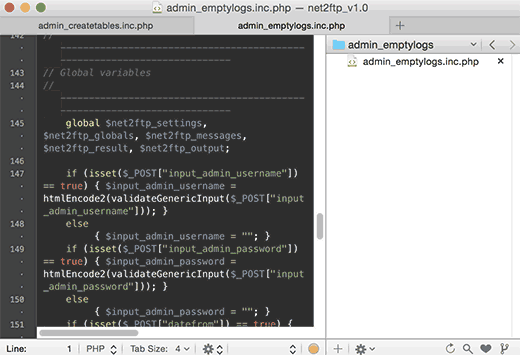In the charts below, Schmucker breaks down feature-by-feature exactly what you get (and don’t get) in each of the different versions of the productivity suite including Office 2016 and 2013 for Windows, Office 2016 and 2011 for Mac,. The full charts (below) show suite-wide differences between the versions such as missing apps, lack of support for Visual Basic and ActiveX, right-to-left language support, accessibility features, AppleScript and much more. Other charts in the study show feature variations for Word, Excel, PowerPoint, and Outlook, with the majority of the features listed unavailable for iPad users and a mixed bag for the other versions. And Schmucker points out two things regarding the iPad specifically. One positive is support for right-to-left languages, which he notes is something that Mac users have bene asking for but have yet to receive, while a negative for the iPad is lack of multiple selection support in PowerPoint, something Schmucker notes is a pretty basic but crucial function for the app. In the end, he concludes that a mix of the various Office suites is the best approach but admits that his main, go-to version is MacOffice 2011 (apart from using the latest version of Outlook due to enhanced performance): “I worked for the MacOffice team at Microsoft for several years, and at that time I also worked closely with colleagues on the WinOffice teams. Because of this background, I am often able to pick just the right Office app that will make a given task the easiest to do.

2017 Vba For Macros Excel Tutorial
One task might be particularly well suited to MacWord 2011 because Publishing Layout View— a feature only in that one Word version— will make this task easy. Another task might be suited to WinPPT because of the Animation Painter, which is not in any MacPPT version. Yet another task might be best suited to WInPPT 2013 because it needs an Office extension not available in other Office suites.” And this is what Schmucker’s setup looks like with various versions of Office installed on Mac and using virtual machines: • MacOffice 2011 is my main productivity suite and is installed on my El Capitan MacBook Pro. MacOutlook 2016 came out long before the entire MacOffice 2016 suite, and because of the vastly improved performance of MacOutlook 2016, I use it as my main email client, instead of MacOutlook 2011.
• WinOffice 2013 is installed in a Windows 7 virtual machine (VM) (under Parallels Desktop for Mac Pro Edition) on my MacBook Pro. • iPad Office is installed on my iPad. As you saw in the tables above, iPad Office is lacking many of the features of WinOffice and MacOffice, so I also have on my iPad which lets me access and run the full featured versions of any Office suite (or any other application) on my computers and use them with natural iPad gestures.
Click the button to download the latest version of Visual Studio 2017 for Mac. For instructions on setup and install, see the Setup and Install Visual Studio for Mac documentation. To learn more about Visual Studio 2017 for Mac, see Mac System Requirements and Mac Platform Targeting. To automate a repetitive task so that you can do the task again with a single click, you can use the Developer tab in Excel for Mac to record and run a macro. You can also create a macro by using the Visual Basic Editor in Microsoft Visual Basic for Applications (VBA) to write your own macro programming code. Welcome to the Excel for Mac forum! This is the place for users to send us suggestions and ideas on how to improve. To help us build the best version of Excel ever, we have partnered with UserVoice, a third-party service, to create this site to hear your suggestions and ideas for the next version of Excel. Cool apps for mac.
(You can download a free trial of Parallels Access for iOS and Android to access your Mac and/or PC at ).w • MacOffice 2016 is installed in an El Capitan VM (under Parallels Desktop for Mac Pro Edition) on my MacBook Pro. • WinOffice 2016 is installed in a Windows 10 VM (under Parallels Desktop for Mac Pro Edition) on my MacBook Pro. Click the charts below to view them in full size.